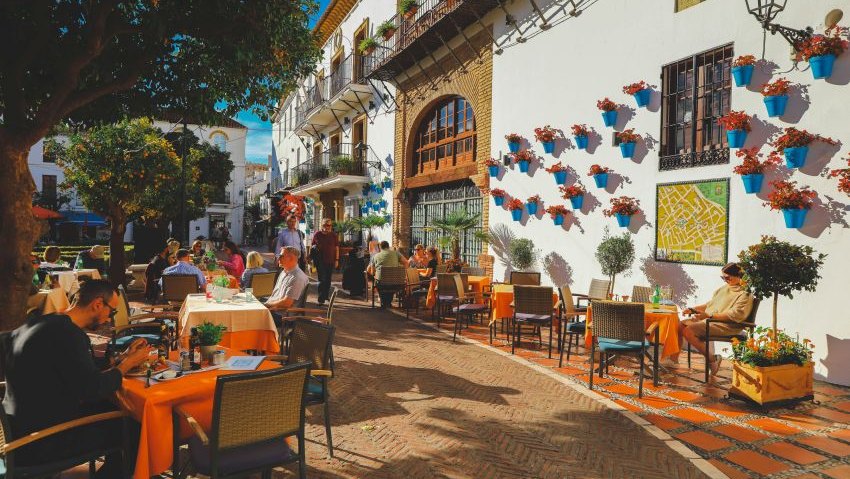
Hotel Occupancy in Costa del Sol Reaches Historic Highs
Teba Siles | · 3 min. read
Hotel occupancy in Costa del Sol has reached record-breaking levels, reaffirming the region’s status as a premier travel destination. This summer has exceeded expectations, with soaring tourist numbers and hotel bookings surpassing previous years. Despite early concerns over economic uncertainties and environmental factors, the Costa del Sol’s hospitality sector has thrived, reporting some of the highest occupancy rates in its history. With both international and domestic travelers contributing to this success, industry leaders are now looking ahead to maintaining strong numbers beyond the peak season.
Record-Breaking Hotel Occupancy in Costa del Sol
This summer was expected to be the best in history in terms of tourist volume, and the results confirm it. The hoteliers of the Costa del Sol initially had doubts about August reservations, but those concerns were dispelled with spectacular figures. The region’s hotels closed in August with an average occupancy rate of 92.89%, marking a 5% increase from the previous year, according to the Association of Hotel Businessmen of the Costa del Sol (AEHCOS).
For July and August combined, the average occupancy stood at 88.7%, two points above the previous year. Despite August being Spain’s prime vacation month, international tourists accounted for 60% of overnight stays, while Spanish visitors made up the remaining 40%.
However, the IBCA (Average Gross Impact per Customer Accommodated) recorded a slight decline, dropping to €135.76 from last year’s €143.51.
A Strong Summer Boosts Annual Profitability
A successful summer season is crucial for the annual profitability of hotels, as lower occupancy and prices during the off-season pose challenges. Some hotels even shut down for the quieter months. Given the pre-summer uncertainty regarding potential drought impacts, hoteliers now have reasons to celebrate.
“It has been a good month for the entire hotel sector in Malaga, with up to six municipalities exceeding 90% occupancy,” stated José Luque, president of AEHCOS. However, he also urged caution as the high season winds down. He noted that last-minute bookings and hotel-driven promotions played a key role in achieving these positive figures.
Marbella’s Plan to Extend the High Season
Marbella is looking to extend its peak season beyond the traditional summer months, with optimistic forecasts for fall. According to AEHCOS, September and October rates for hotel occupancy in Costa del Sol are projected to reach 85% and 82%, respectively.
Marbella’s mayor, Ángeles Muñoz, expressed confidence in the city’s sustained tourism appeal. “I want to emphasize the importance of this forecast to maintain the high season, not what was usual, which was only the month of July and a few weeks in August, but it is extended and, therefore, means a return for the city, because it is true that although it has fallen somewhat national tourism, international tourism has increased and most importantly, the average expenditure has been much higher than previous years,” she explained. So, while national tourism saw a slight dip, international visitors increased and, more importantly, average spending per tourist remains strong—a key factor for Marbella’s economy.
For more insights on Marbella’s evolving real estate and tourism trends, check out our latest market report here: Market Report.
Final Thoughts
The surge in hotel occupancy in Costa del Sol this summer highlights the region’s enduring appeal and the resilience of its tourism industry. With record-breaking levels and numbers and a strong outlook for the coming months, the area continues to attract international visitors and sustain economic growth. As Marbella and other key destinations work to extend the high season, the future of Costa del Sol’s hospitality sector looks brighter than ever.